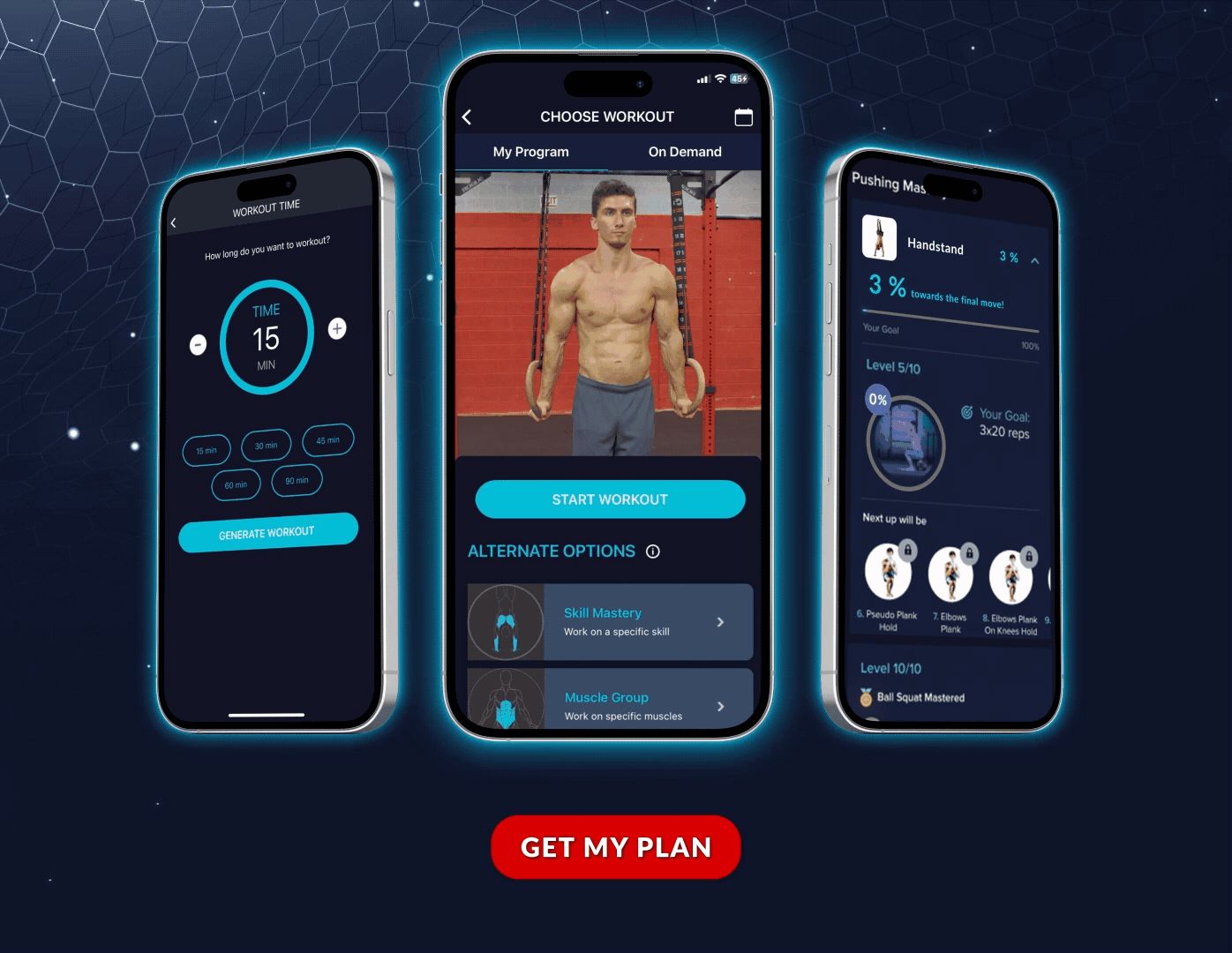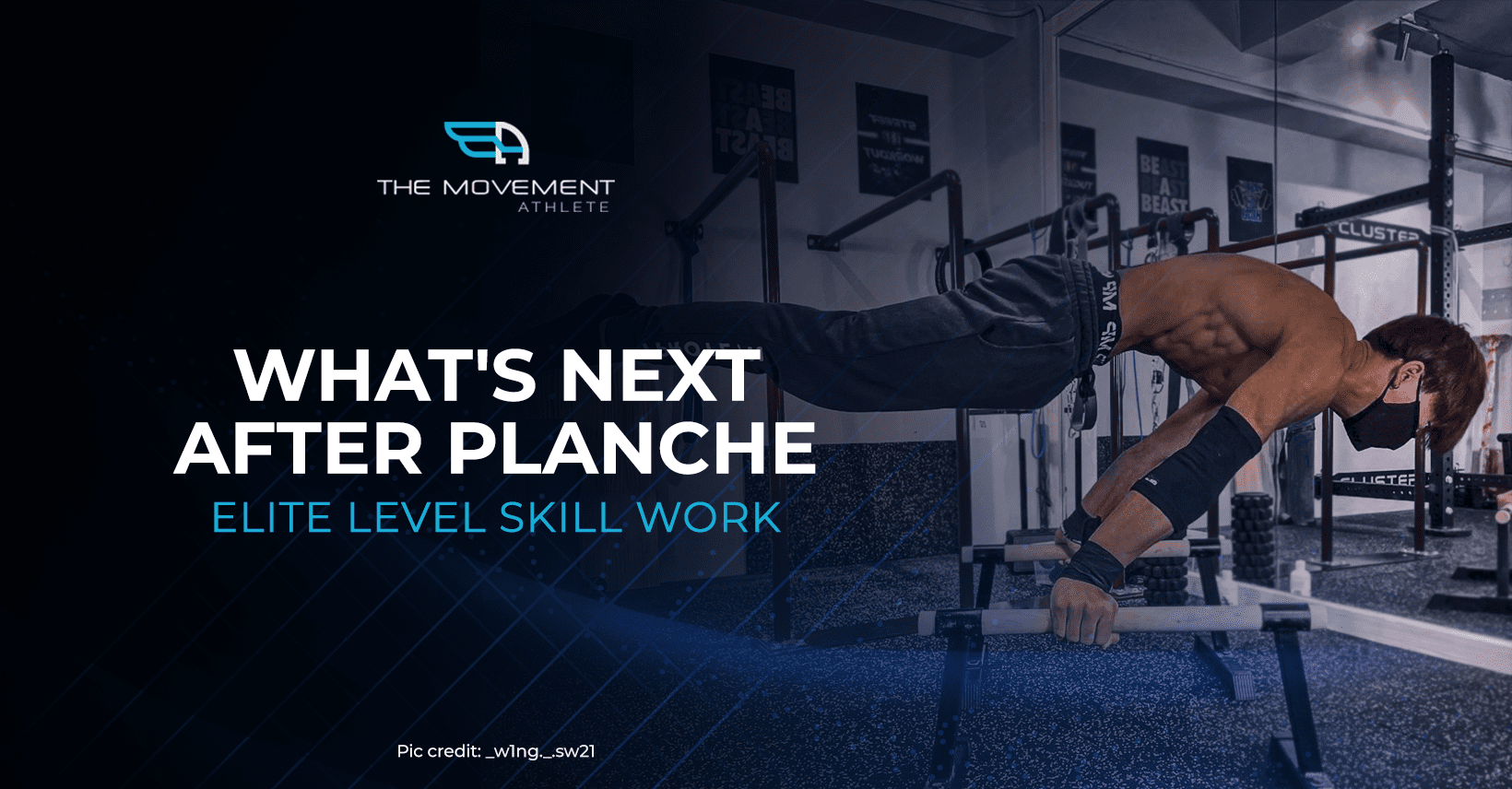

📖 Read Time: 8 Minutes
🏋️ Join the tribe of Movement & Calisthenics Athletes
People just like you that are working with their own body weight to get strength, lose fat, build muscle, recover from injuries and live their best lives!
TABLE OF CONTENT: The Ultimate Guide to Planche
1. 🧐What is a Planche? | 2. ✅Planche Benefits | 3. 🤸♀️Planche – Muscle used and Requirements | 4. 📌Planche Training Injury Prevention
5. 🔑How to perform a perfect planche | 6. ☑The most effective planche progression | 7. ⭐Expert’s effective tips for the perfect planche
8. 🍄Boost planche progress – the most effective planche drills | 9. 🔥Planche workout – for all levels | 10. 💪Planche training equipment
11. 🤩What’s next after planche? – advanced planche transitions and variations.
ADVANCED PLANCHE VARIATIONS & TRANSITIONS
Mastering the full planche is an amazing feat on its own. You’ll feel like you’re on top of the world and already have defeated gravity. 🌟
The feeling of having conquered planche is indescribable. You might think that it’s the top but the journey doesn’t stop there.
There are tons of movements you can still choose so you can progress further in your calisthenics journey. As your vocabulary of calisthenics skills increase, your opportunity to create movement widens. 💪
Take note that the succeeding moves should not be underestimated. If you have mastered planche, progress will be a bit faster but respect must still be given. These advanced skills are top tier moves that demand additional loads from the body on top of the already unforgiving demands of planche.
Once you have unlocked planche, get ready to tackle these beasts ahead. Want to take the step toward mastering planche? Our free assessment will create a personalized training plan for your current level.
Planche Variations 💪
🤜 Different Grip Full Planche
After mastering full planche, one route you can move towards is to master different grips of planche. You can do this by practicing on the floor or a different surface such as on parallettes.
Practicing the other hand position produces a different stress on your wrists and minor differences in muscle groups such as the biceps. Once you’ve mastered different grips, it will allow you to open other transitions in and out of your planche. Benefits also transferable to ring planche.
For even advanced and crazier individuals, you can do planche with only 2 fingers! 🤯
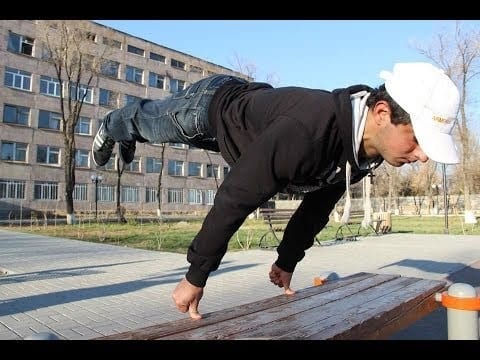
🤜 Planche Pushup
Planche push-ups are excellent for building more planche strength for even more advanced variations. You can also use easier progressions of planche as push-ups to solidify your current static planche goal.
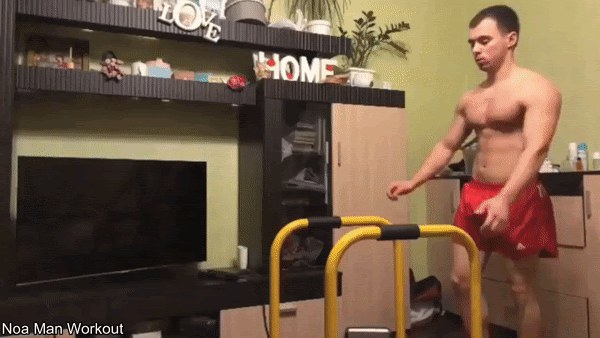
🤜 Ring Full Planche
The instability of rings provides massive additional difficulty and stress, especially on planche which is already a different skill. It’s an excellent next move if you want more transitions to master on rings.
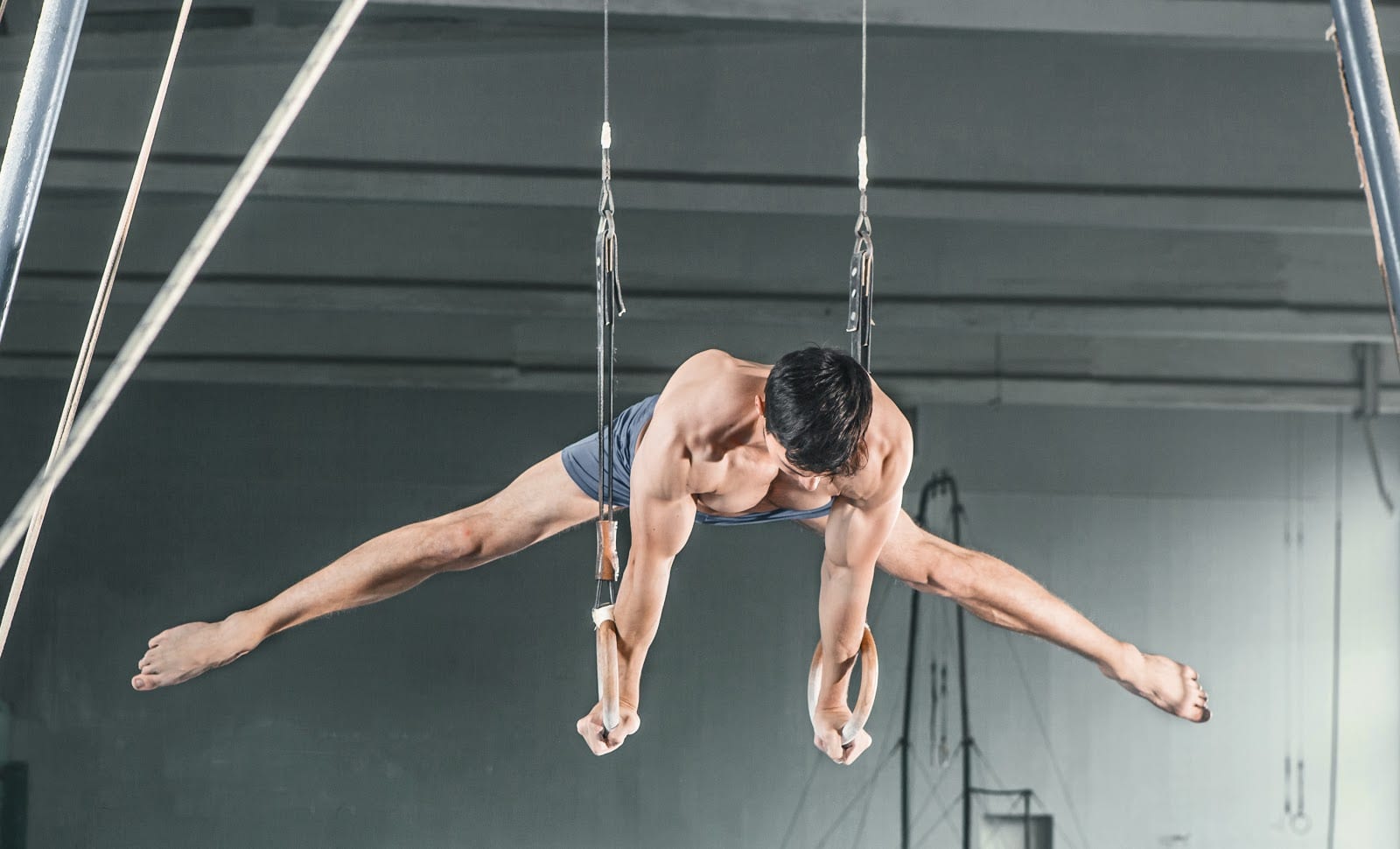
🤜 Weighted Planche
One way to make any calisthenics exercise hard is by adding weights. It translates to higher strength gains. When you train this, you’ll be surprised how light your bodyweight full planche will feel.
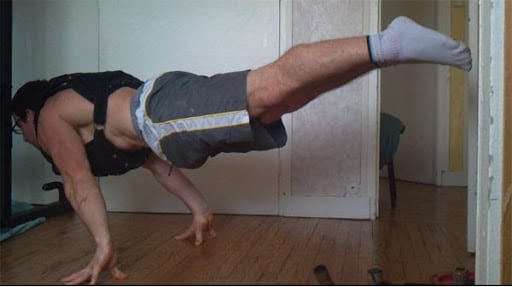
🤜 One-arm Planche
Planche is already a difficult skill. Just imagine doing this with one arm. This skill requires you to bend your waist towards your support arm so you can balance. We can definitely say that only a few people in the world can do this with fully locked out elbows due to the immense pressure put on the single arm holding the full bodyweight.
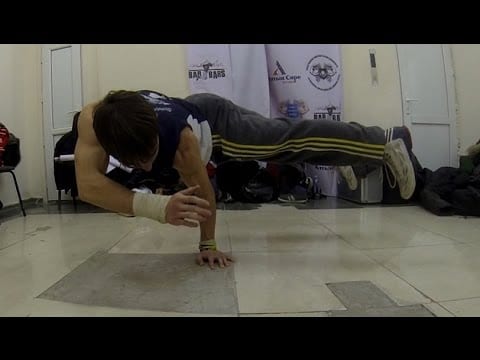
Valera Kischenko turning off gravity to demonstrate one-arm planche
🤜 Maltese
This one is basically a planche with your arms much farther apart compared to the regular full planche with more or less shoulder-width apart support. Maltese can be done on rings in which you can go deeper and you can align your whole body in a single plane: shoulders, wrists, upper torso, lower torso, all aligned. This elite skill puts higher demand on your biceps and shoulders compared to the planche.
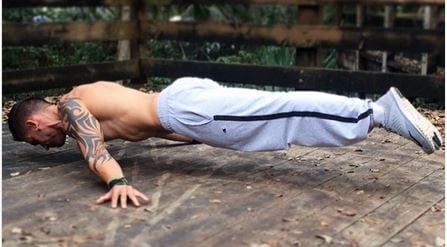
Athlete Osvaldo Lugones performing maltese on the floor
Planche Transitions 💪
Another way to increase difficulty of planche is by using transitions to move into and out of planche. There are tons of moves you can play with and you can use your imagination to create your own patterns and combinations.
When attempting to integrate transitions, make sure you have a mastered planche as well as the move you’re going to combine it with. Need help building the foundation? Our comprehensive planche training guide includes progressions for all skill levels.
🤜 Handstand to Planche
The first combination you can learn is this one. Handstand is by miles an easier skill to learn so it’s safe to say that you should now have mastered this “basic” hand-balancing technique.
Hold a good handstand then slowly lower down to planche by leaning forward while maintaining a good bodyline posture. You can also think of this as a slightly more difficult entrance to planche.
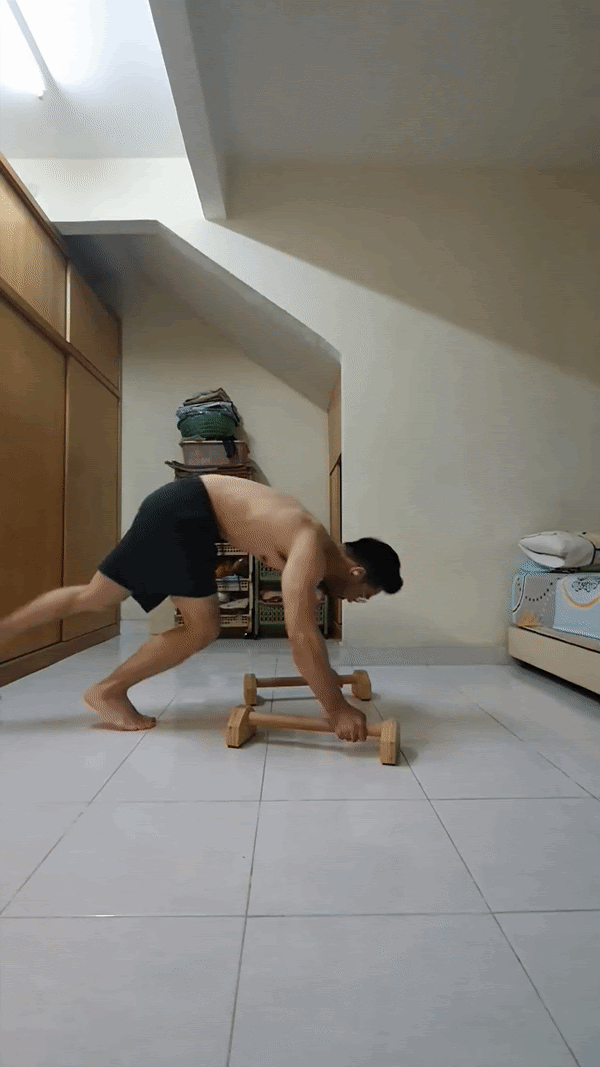
🤜 Lever to Planche
Bars or rings are required for this movement. Levers and planche have the same body posture but they differ in scapula position when doing back lever. Keep that in mind.
When transitioning from the lever, you can move to a bent arm hang, then muscle-up your way to planche.
If you have already mastered planche and levers, you learn this move quickly. All you have to do is to refine the transition to each move.
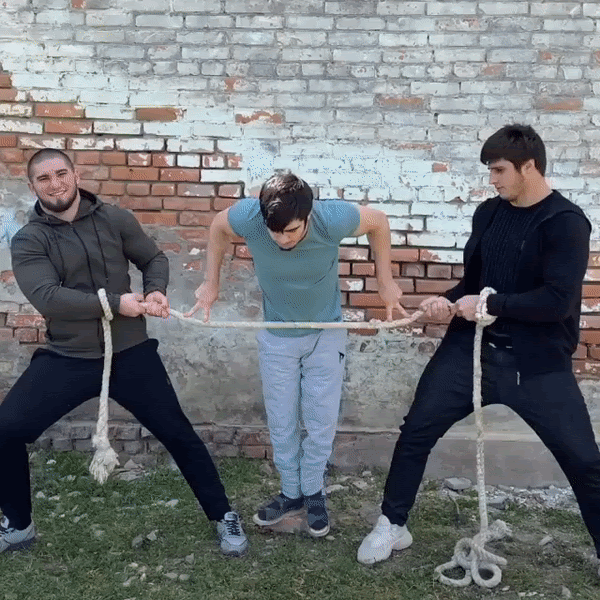
🤜 Flare to Planche
A flare has a background from breaking (breakdance) and gymnastics. Whichever form of flare you use, you will be using momentum. This makes this transition so much difficult. You have to stop your momentum from flare to hold the static planche.
When doing the back side of the flare, if you’re doing it in perfect form, you should be “basically” doing a straddle planche for a very brief moment. When in this position, flex your whole body to stop the motion and hold the planche position.

🤜 Planche to Maltese
You can do it on the rings or on the floor. Both are equally difficult in their own way. Since maltese is basically a planche with wider hand placement and more extreme lean, body posture will be the least of your worries.
On the rings, you have to fight the instability while moving towards maltese. You can also move from maltese to planche which isn’t really a walk in the park either.
On the floor, you’re going to battle how to inch your way towards maltese. Some athletes slide their way to maltese. Others crawl their fingers down so they can move into position.
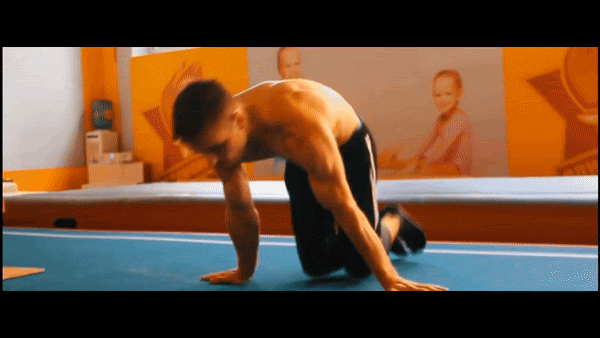
🤜 Back Handspring to Planche
It seems impossible but this crazy move has already been performed by high-level athletes. The motion is a bit similar to handstand to planche but you have to stop the powerful momentum generated from the back handspring.

Which Path to Choose?
With plenty of options to choose from, it’s really up to you. Choose the next goal which interests you so you can commit to it even when you start to struggle. 💯
If you haven’t mastered the planche yet, at least you have seen the future goals that you might want to consider learning.
Train smart and never give up! ⚡
Train Planche with The Movement Athlete
The Movement Athlete will help you master the full planche so you can look forward to the harder variations you want to achieve. So if you want to achieve this very elusive skill, I suggest starting training with The Movement Athlete!
Free Planche Training Guide
Download our complete guide to mastering the planche
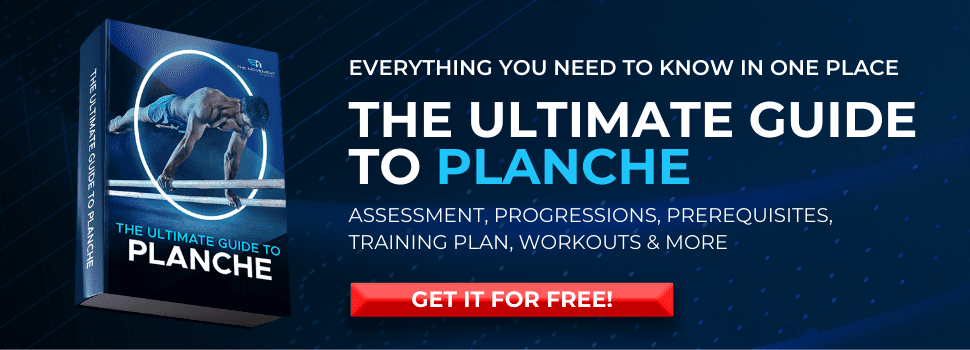
✔️ The Movement Athlete Adjusts to You
Training with The Movement Athlete, you’ll first take an assessment to understand where you are in your fitness journey.
From the assessment, the app provides a well-structured program that builds you the necessary strength, muscle, endurance and skills for a planche.
You don’t have to worry about your training getting too difficult and too easy. The app adjusts to your capabilities, progress and energy levels.
All you have to do is just DO and trust the program.
So what are you waiting for? 👊👊👊
Train your planche and see the world from a different perspective.
Train your planche with The Movement Athlete.
Related Articles You’ll Love:
Ready to get started?
Get your free personalized training plan now
